No products in the cart.
Table of Contents
Have you neglected your bonsai trees and wondered how you could revive them? There is no need to panic. Your time and energy have not gone to waste, and it’s possible to save your bonsai before it is too late.
Tell-Tale Signs of a Dying Bonsai Tree
Yes, the bonsai tree is not your average plant surviving on its own. It would be best to give it a lot of TLC to thrive. Without your loving care, they can dry out, and if you are an owner of one, there are signs to show that your tree needs help to flourish.
Check Your Bonsai’s Potting Soil
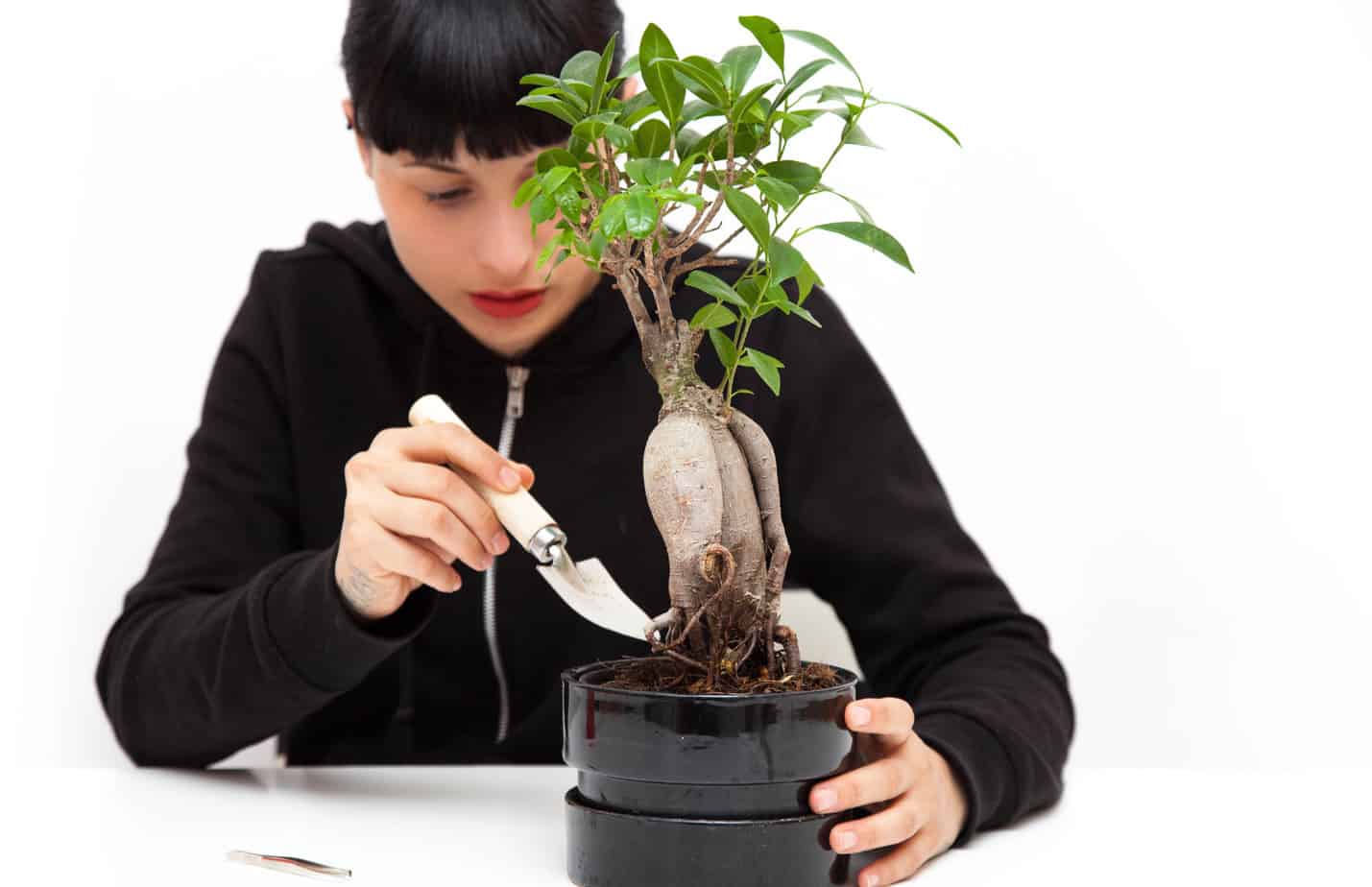
If your bonsai tree is dying, the first thing to check is the potting soil. The soil will tell á lot about your bonsai tree’s health.
If the soil is dry, it indicates your bonsais root system is not getting enough water and nutrients to survive.
On the other side, it can also be a result of overwatering, and it’s best to check if the bonsai pot has enough drainage holes.
Check the Bark on the Branches, Trunk, and Roots
Get out your small utility knife and give the surface of the bark a scratch at different parts of the tree.
You want to see green color, meaning your indoor plants are alive and healthy. It helps to take samples from the branches, trunk and root, and the leaves.
Doing this helps you determine which parts of your bonsai tree need attention.
Observe the Foliage
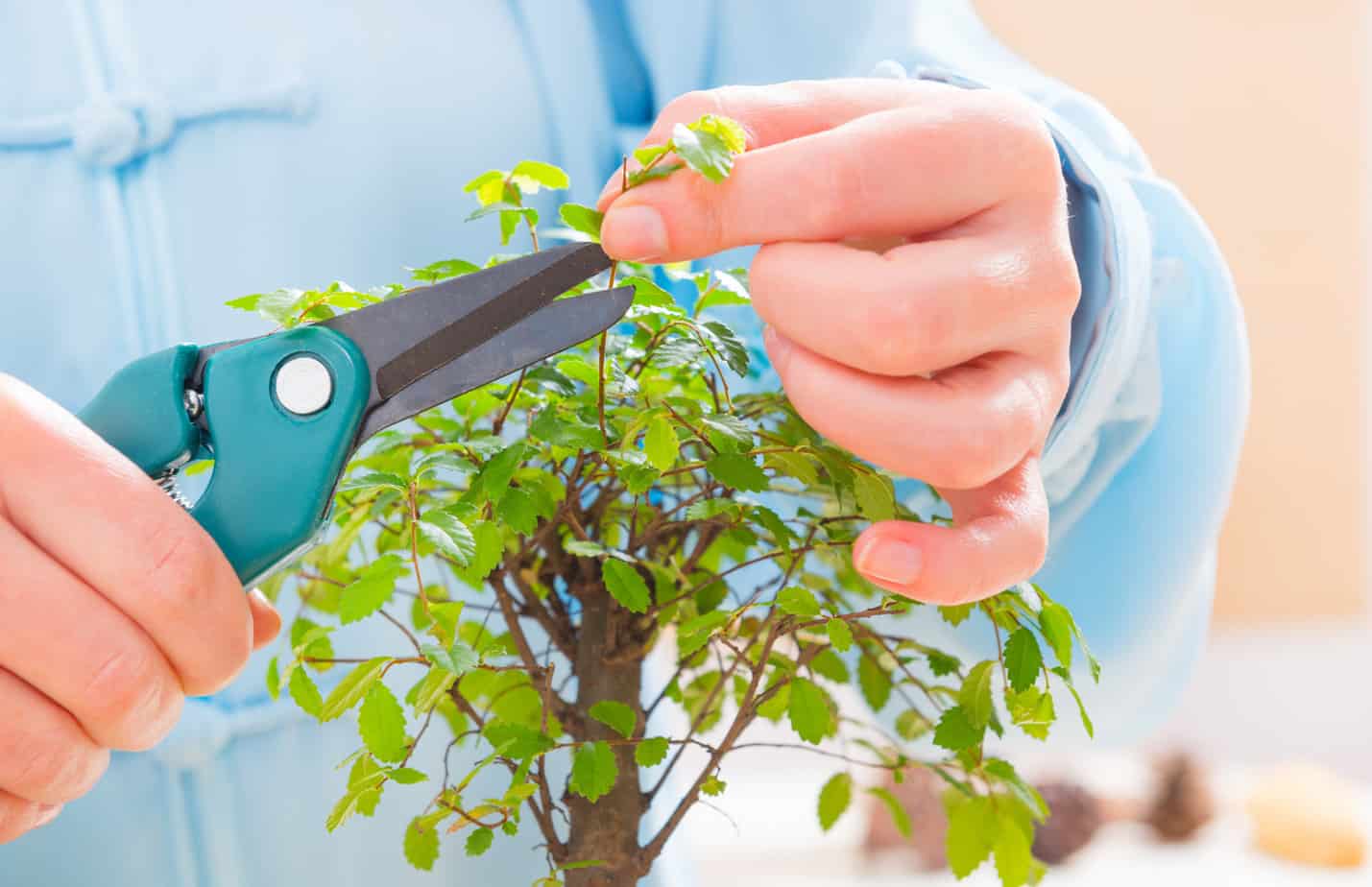
Another method is to check your bonsai trees foliage for health concerns. It is not healthy if you notice any discolored leaves or wrinkly with weak branches. These are all signs that your tree lacks micronutrients or light and might need magnesium or iron. Still, it does not mean it is a dying bonsai tree.
Smell the Drainage Holes and Roots
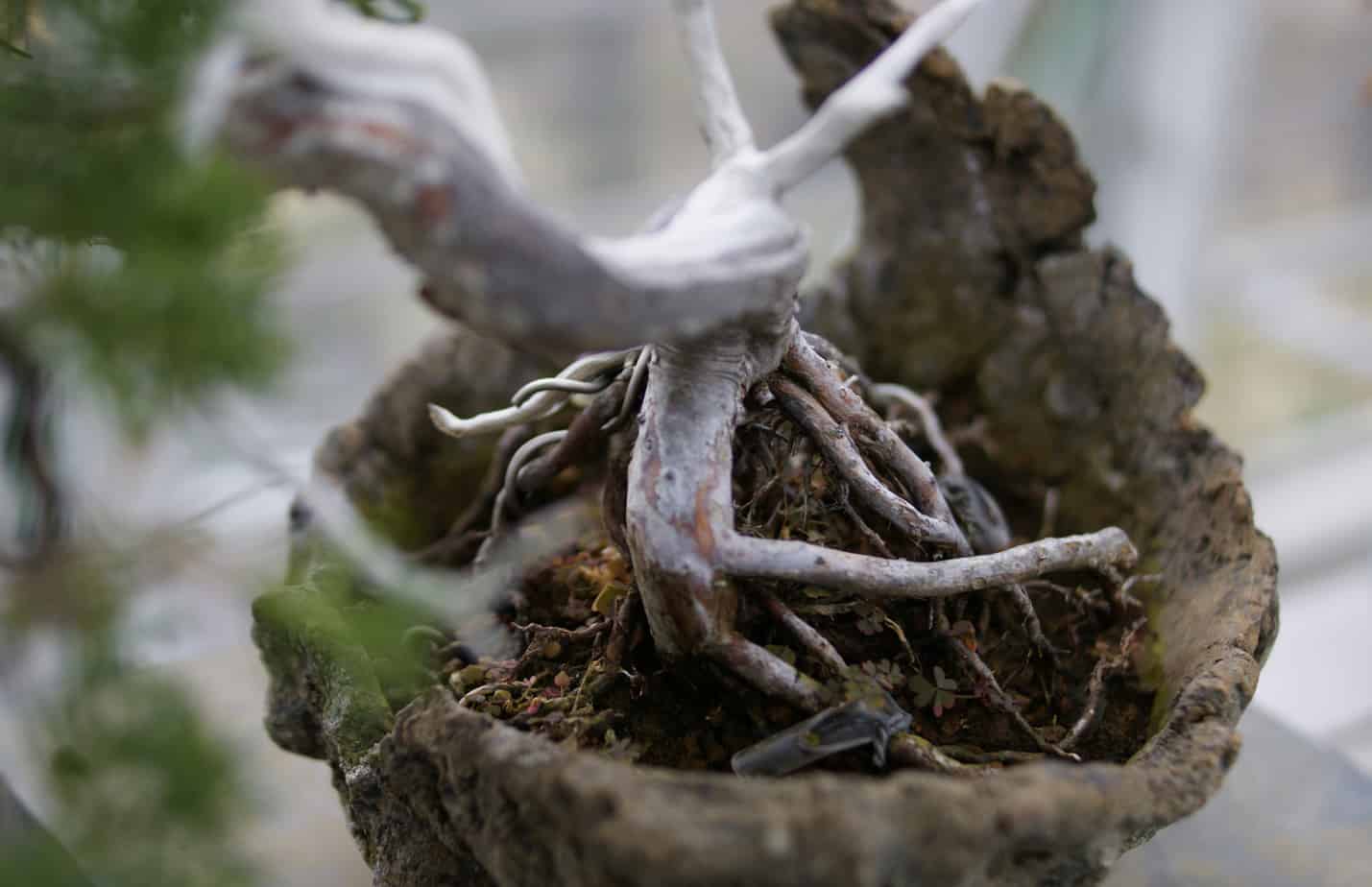
Yes, it sounds strange to smell the drainage holes, but it is a great way to check if your indoor bonsai suffers from root rot.
If it smells weird, the roots are decaying, resulting from waterlogged soil. The only way to get rid of such a problem is to remove your bonsai tree.
Remember to use sterile shears to cut away the infected roots and re-pot in new soil.
Check for Bonsai Pests
While it isn’t common to find pests on your bonsai, it is possible. So, check for aphids, mealybugs, spider mites, caterpillars, and vine weevils. For an outdoor bonsai, make sure to check for ants as all these intruders can infect your tree, diminishing its life.
How To Save A Dying Bonsai Tree?
Assessing the above scenarios will help you determine a way to move forward and save your bonsai tree.
Step 1: Check and Confirm Your Bonsai Tree Species

Before you do anything, we recommend confirming the type of bonsai species as there is no one-size-fits-all cure to save your dead bonsai tree. Believe us. You do not want to mess it up.
For example, if you have an outdoor tree indoors like the Juniper, it has different lighting and watering needs compared to your indoor bonsai like a Ficus.
But umming it up, most concerns are soil and drainage, light issues, or humidity.
Step 2: Identify Common Mistakes With Bonsai Trees
Now that you know what species you have, it is time to revive a bonsai tree looking at the following recommendations:
Check the Bonsai Pot Drainage and Soil for Root Rot
If your bonsai tree smells weird at the root system and drainage, then the best thing you can do is to re-pot it in a new bonsai soil mix.
Still, the important thing is to remove the rotted root parts that are no longer doing their job. Doing this will make your bonsai thrive with new nutrients to help it grow.
Re-potting your dead bonsai tree also applies to the other concerns that follow here.
When You Over-Water Your Bonsai Trees
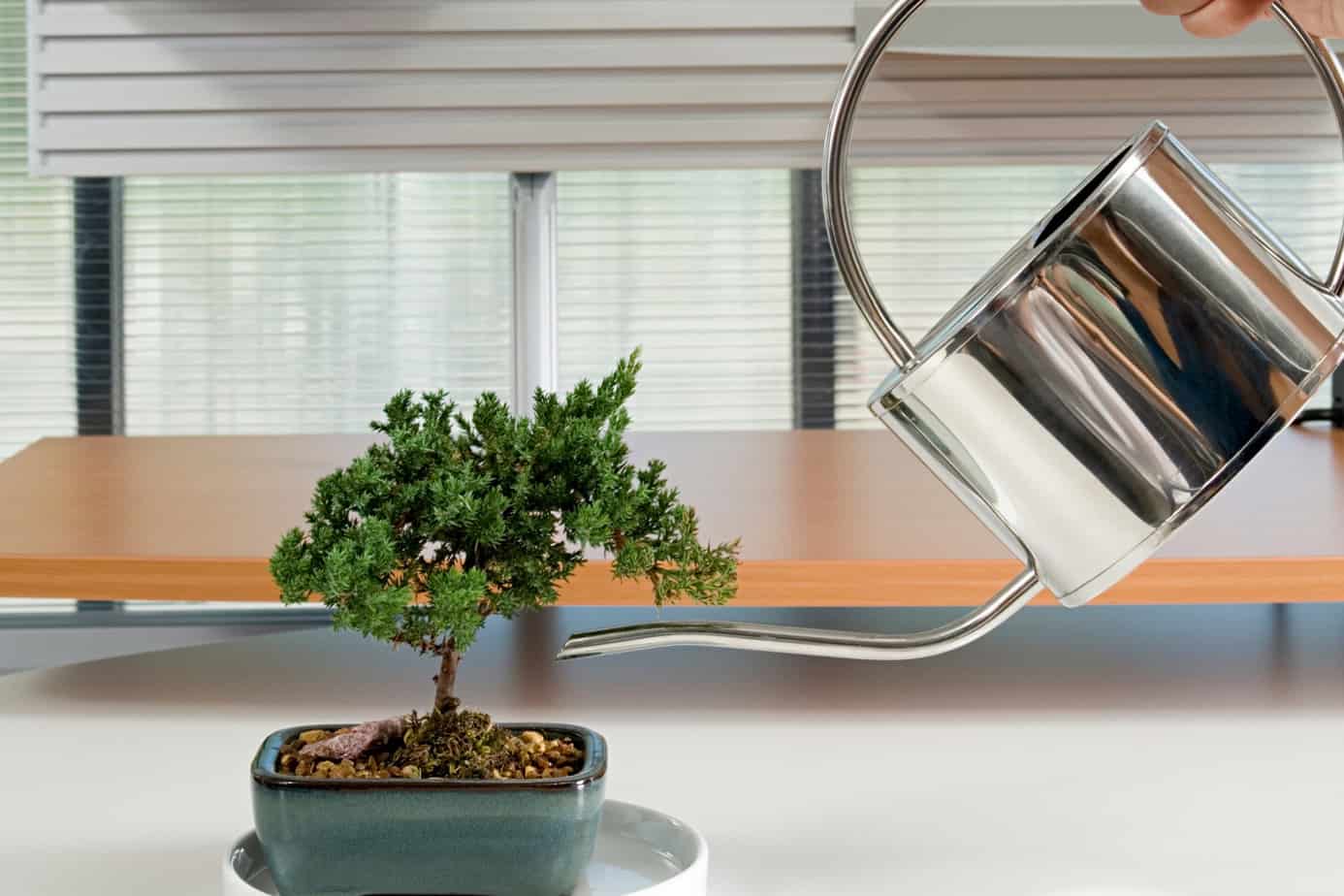
Overwatering your bonsai plant is one of the common reasons your tree may need reviving. When the soil remains completely wet and does not drain well, it retains excess moisture.
The roots remain in the water and become starved of oxygen leading to death and rotting. Another reason is that your plant may not be in the correct soil. We recommend using the best bonsai soil mix available made for your tree.
Doing this provides the correct level of water retention to prevent killing the roots.
Under-Watering Bonsai Trees
Under-watering your bonsai is one of the main reasons most bonsai trees die. This is because your bonsai has access to a little amount of soil and nutrients. As a result, your tree gets thirsty often and will run out of water fast.
Your bonsai tree is not succulent, and you should not treat it the same way. If you wonder why the leaves turn brown, it can be from not watering your tree. Hence, we recommend learning a proper watering schedule for your tree.
How often you water your bonsai depends on the tree species, the bonsai pot size, the quality of the soil mix, the time of the year, and the amount of foliage it has. We recommend continuously checking the soil using the finger test.
When watering, start from a low height to pour the water over the soil to evenly cover the whole pot. Do this until the water drains freely from the container. Next, leave it standing for three minutes and repeat.
Now, leave your tree standing for ten minutes, allowing the excess water to drain out of the pot.
Light Issues
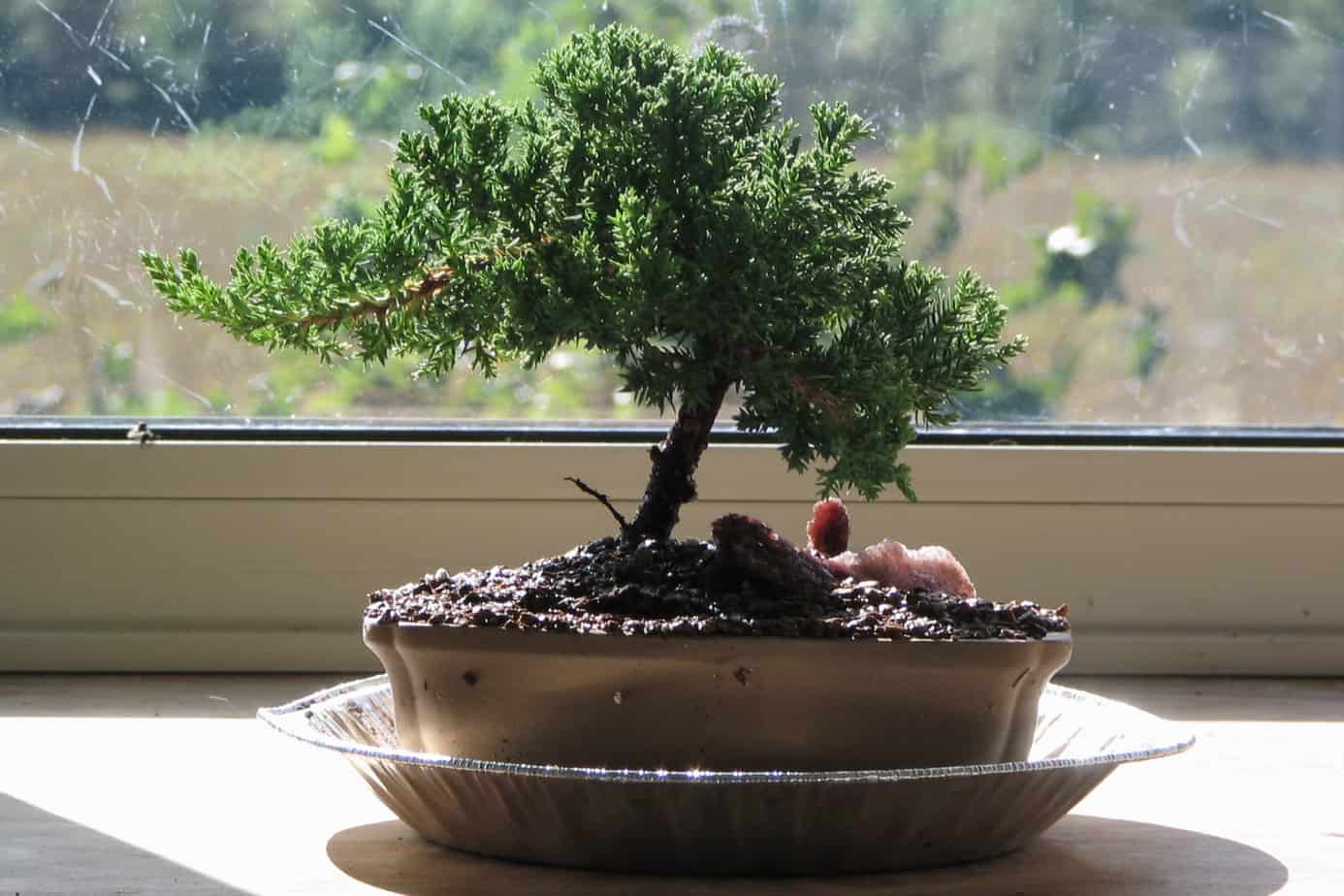
Depending on your species, you need to adjust the light it receives when you notice yellow leaves. For example, a Juniper is an outdoor plant and might not get enough natural light indoors. It’s best to move it back to the balcony or patio.
If you have an indoor bonsai species, then it helps to place it at a sunny south-facing window depending on where you live. But if you do not have a bright spot using fluorescent lights for ten hours a day can help prevent the foliage from turning yellow.
Pests Present on Your Trees
Another concern, even if not typical with a bonsai tree, is the pest mentioned earlier. If you notice any insects, you can remove them with insecticidal soap or a pesticide. Alternatively, you can use neem oil as well.
Step 3: Try Re-potting your Bonsai Tree
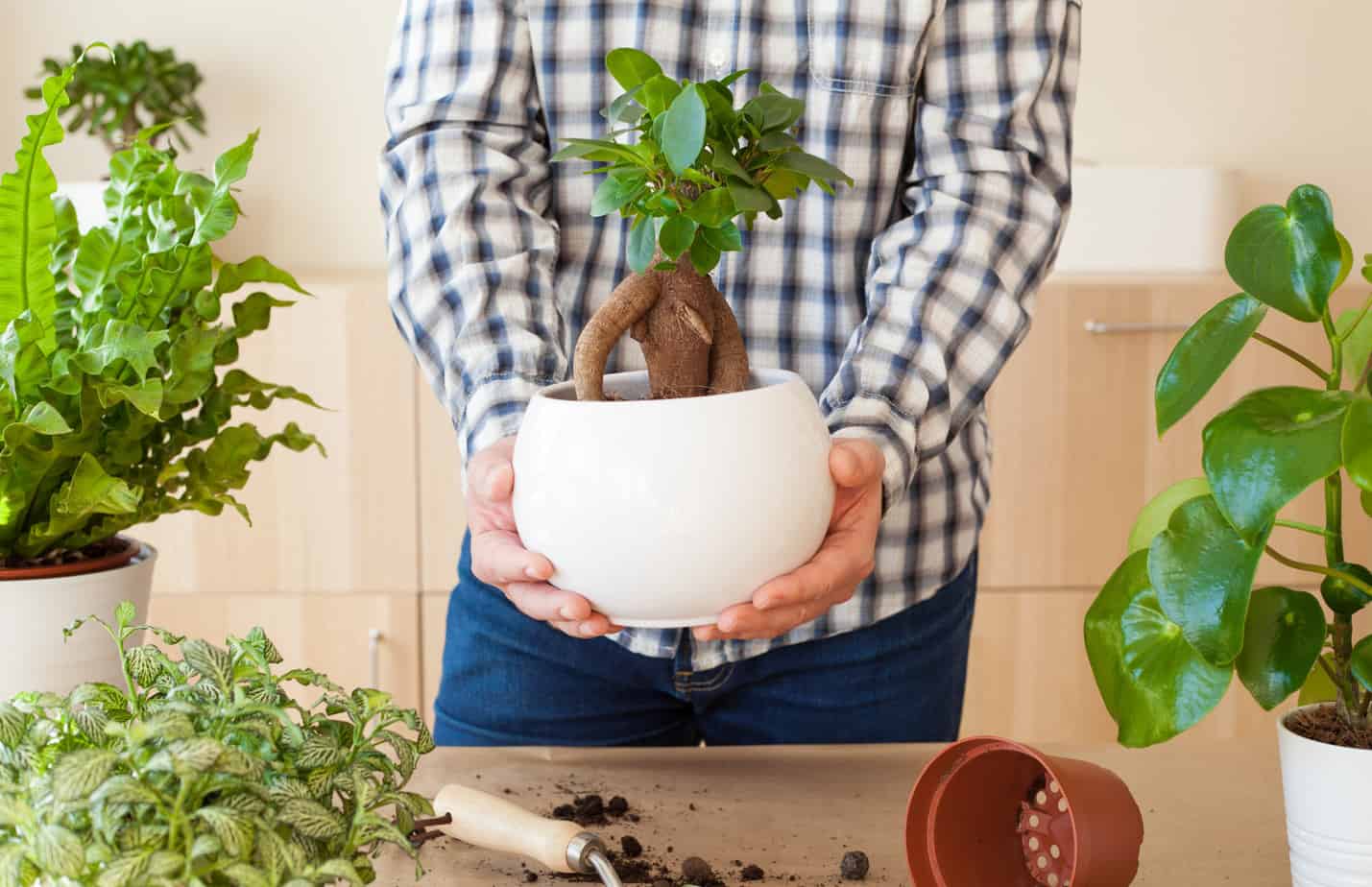
For most dying bonsai trees, the best is to re-pot your plant’s roots. Still, it can be stressful, but it is a great place to start if you do not have other options left. Still, try to find out what caused the concern and do the following:
Remove your bonsai tree from the pot.
With a chopstick, untangle the roots to remove the soil gently.
Spray the roots with water to keep them moist while working on them.
Use clean pruning shears and remove 1/3 of the roots, especially the diseased roots.
You can clean out the container using warm soapy water and prepare a new one with enough drainage and mesh.
Fill up the bottom of the pot with some lava rock, pumice, and akadama, or buy a unique soil mix for your tree.
Place your tree on the soil and press gently to spread the roots around the container.
Fill up with the rest of the soil and use your chopsticks to fill the gaps around the roots.
Water lightly and place in partial shade.
Using this method does not guarantee your tree will thrive but is worth trying. Furthermore, it helps provide your tree with new bonsai soil and a new pot if you had the wrong size container.
Step 4: Remember the Care Guide of Your Bonsai Species

For bonsai enthusiasts caring for a bonsai tree is a way of life. The important thing is to provide them with care by following some simple steps:
Pruning Your Trees:
To maintain the shape of your bonsai tree, it helps to do regular pruning using sterile cutters.
For maintenance, pruning removes the buds, branches, and leaves.
Shape the branches into the desired pattern using wising.
Soil & Fertilizing:
To improve drainage mix in volcanic rocks to provide air circulation around the roots.
You can add clay to improve water retention.
Only use a fertilizer after you water your tree.
Re-Potting:
You can re-pot your bonsai tree every two to five years.
With re-potting, trim the outer roots and remove damaged roots.
Before placing your bonsai tree in a suitable-sized pot, make sure to clean it with warm soapy water.
Whether you want to buy, sell or simply reach out to other plant enthusiasts, Plantly is the right place to be!


